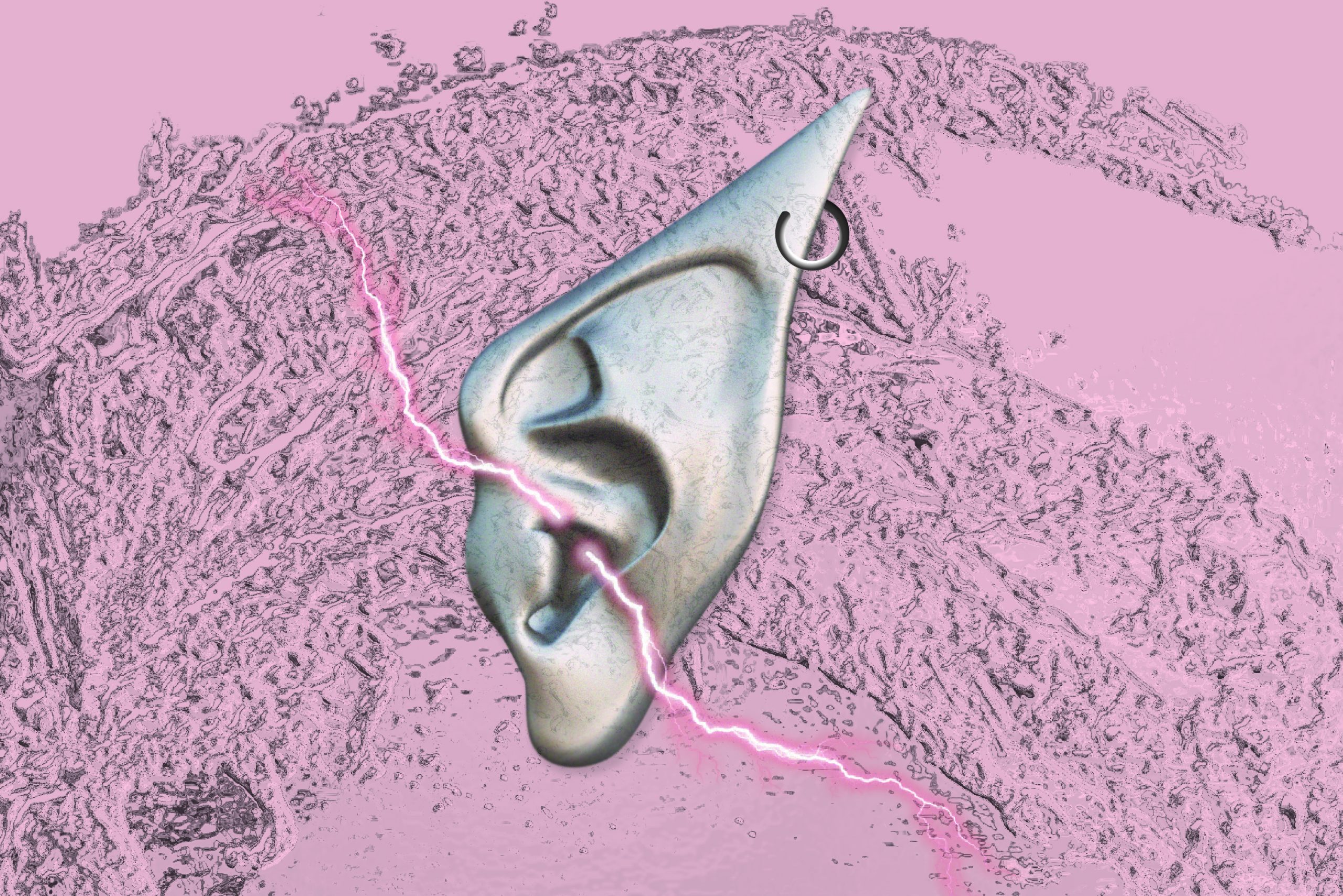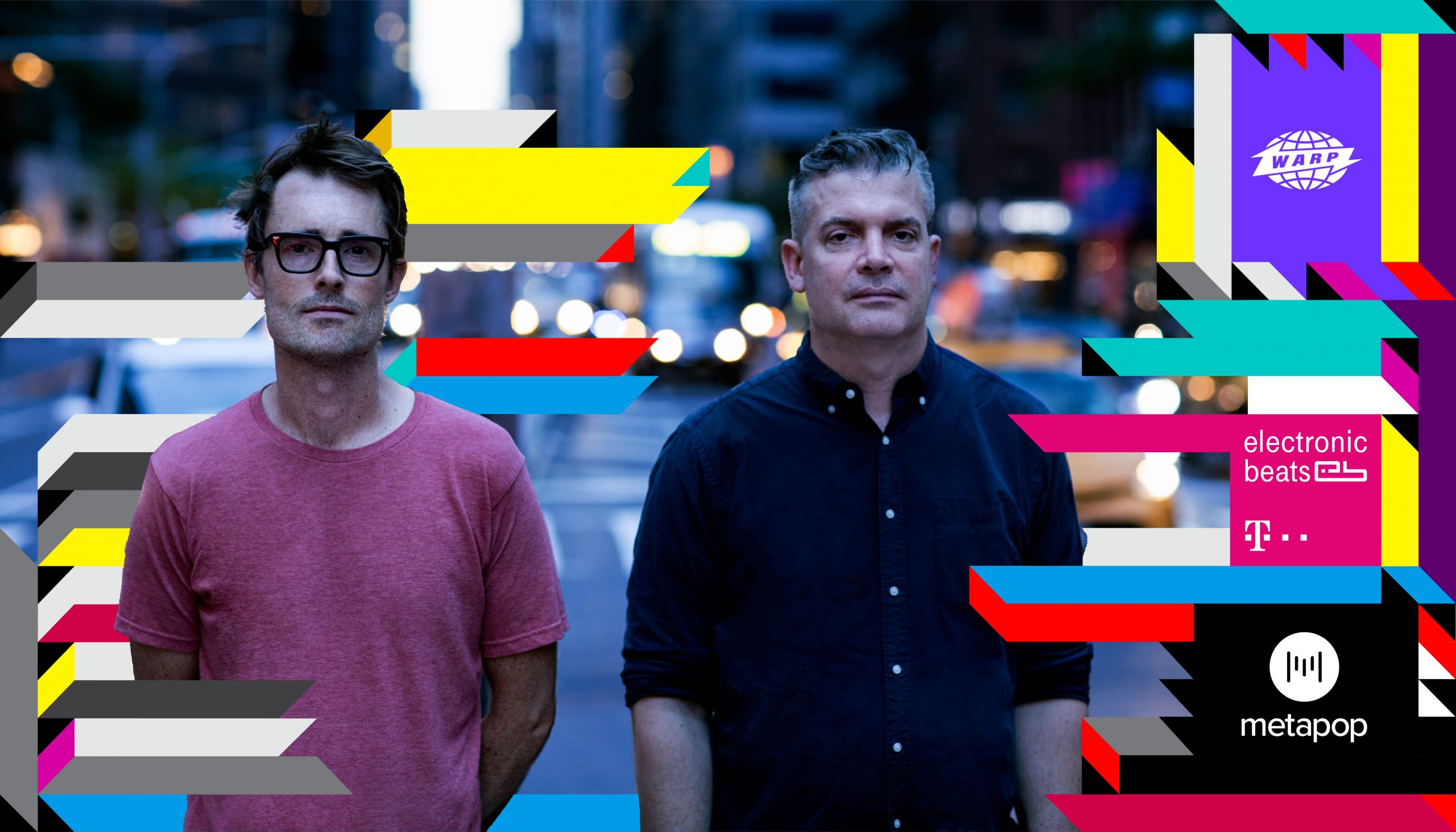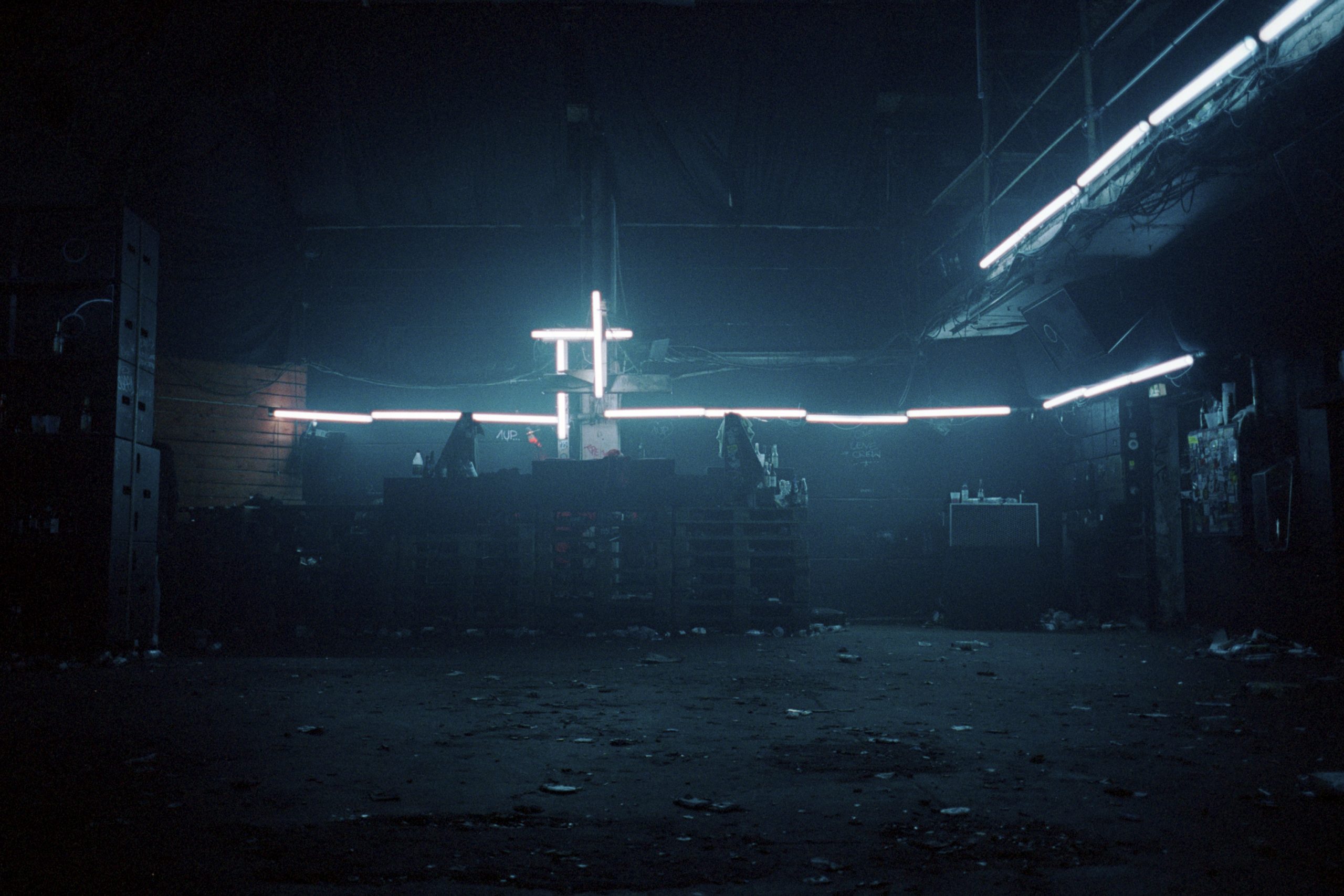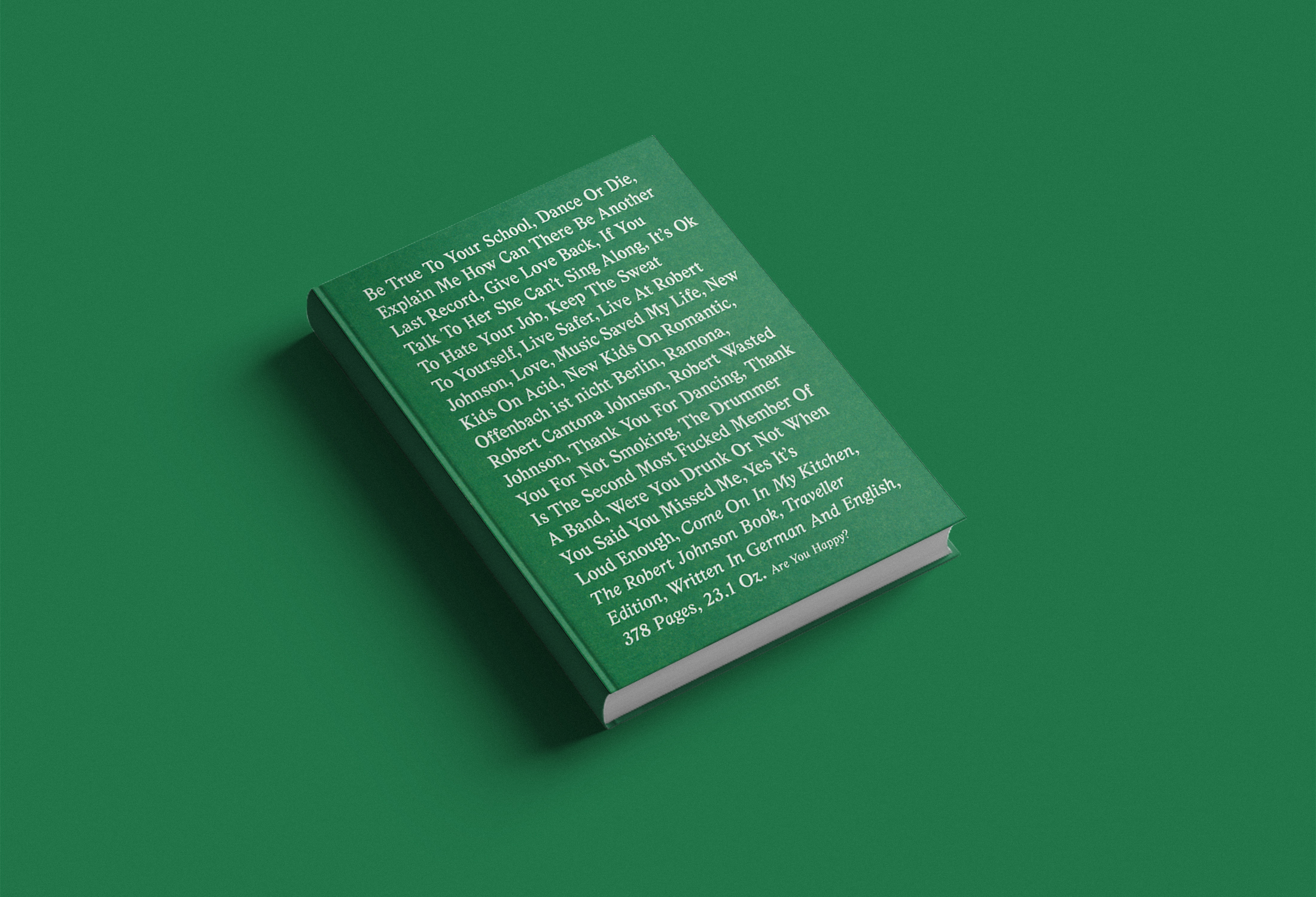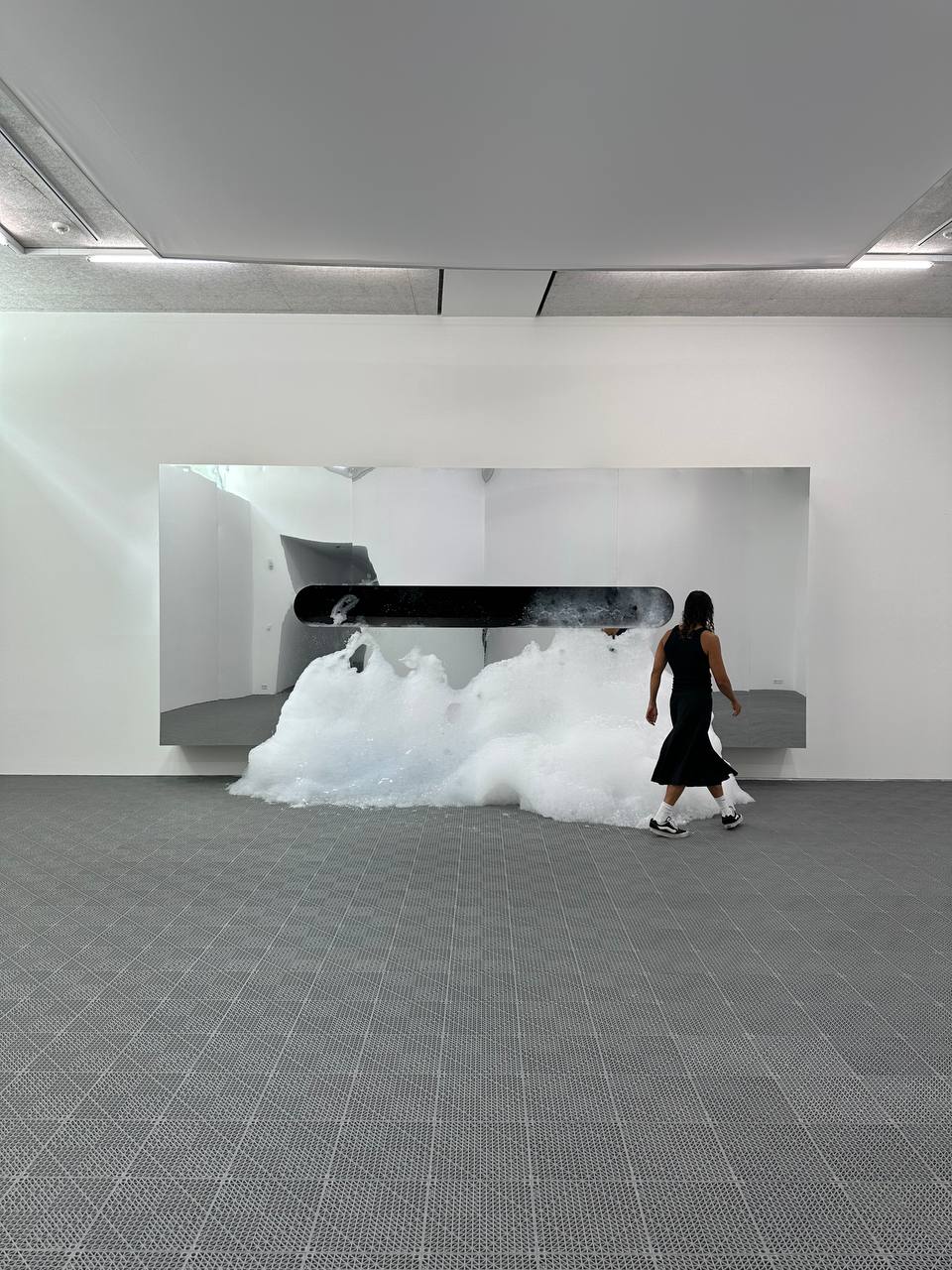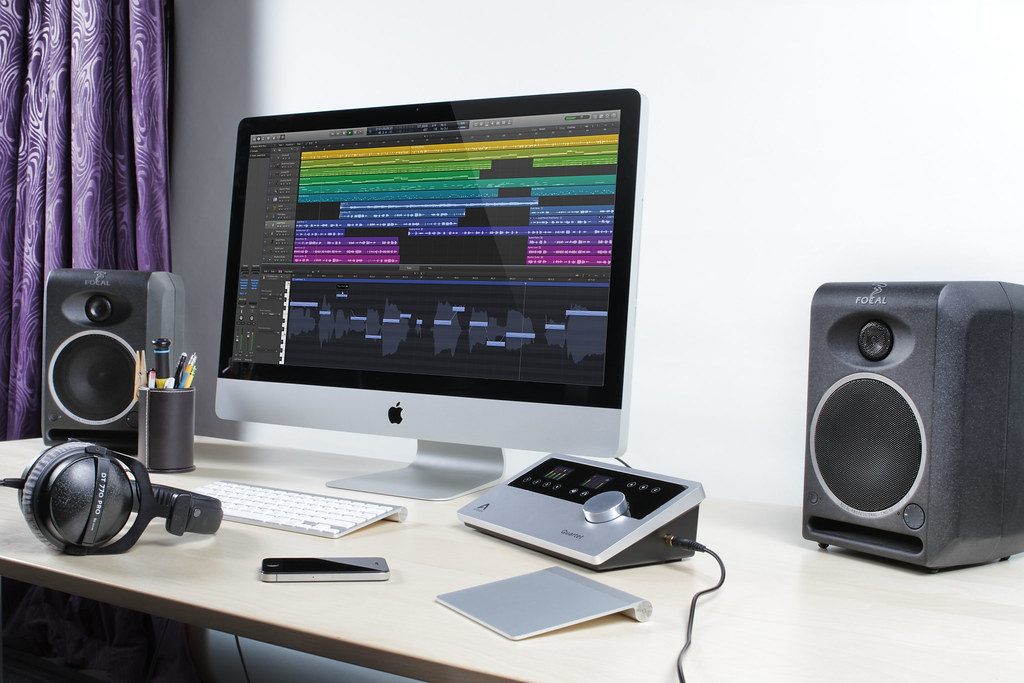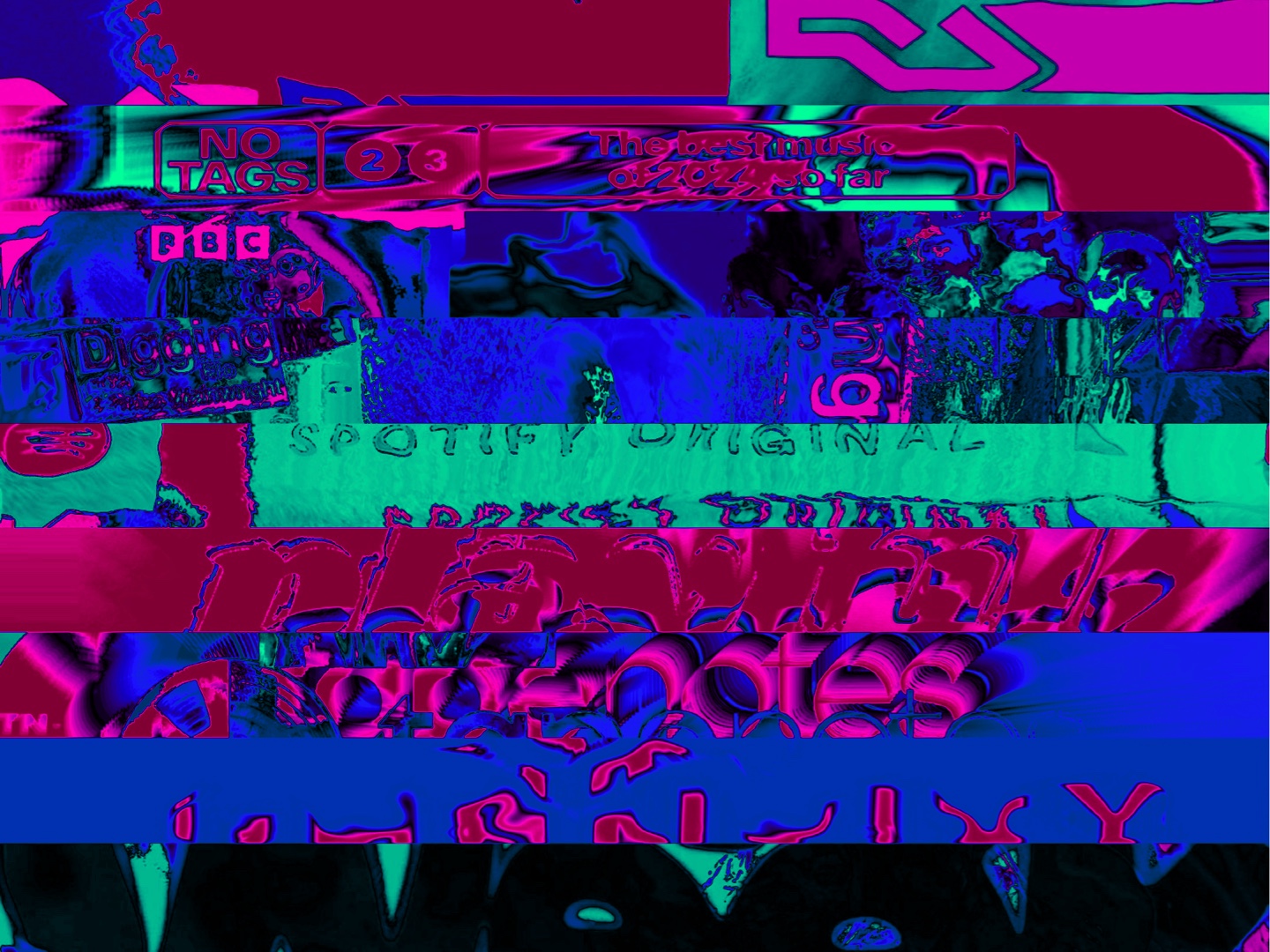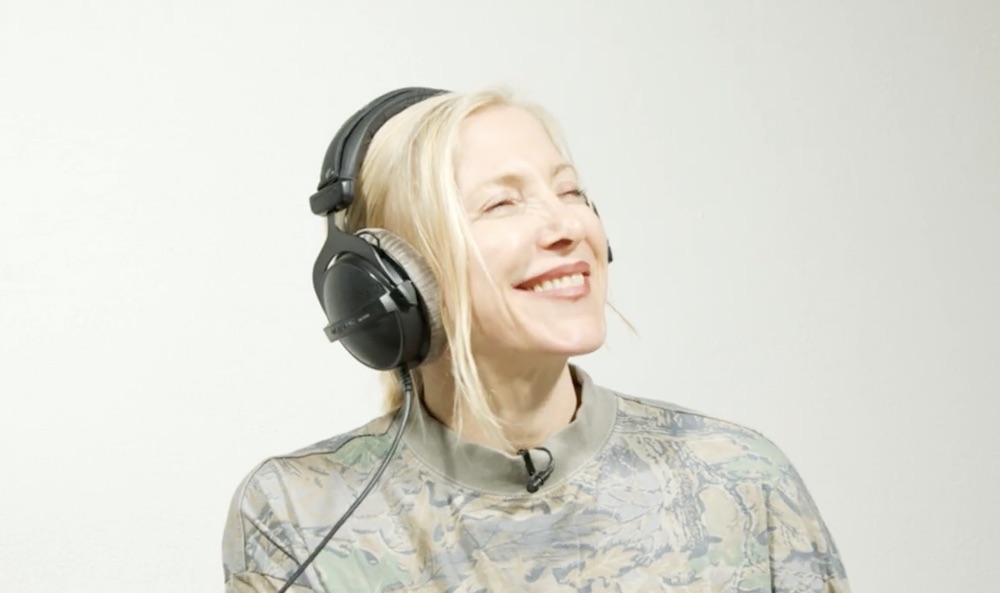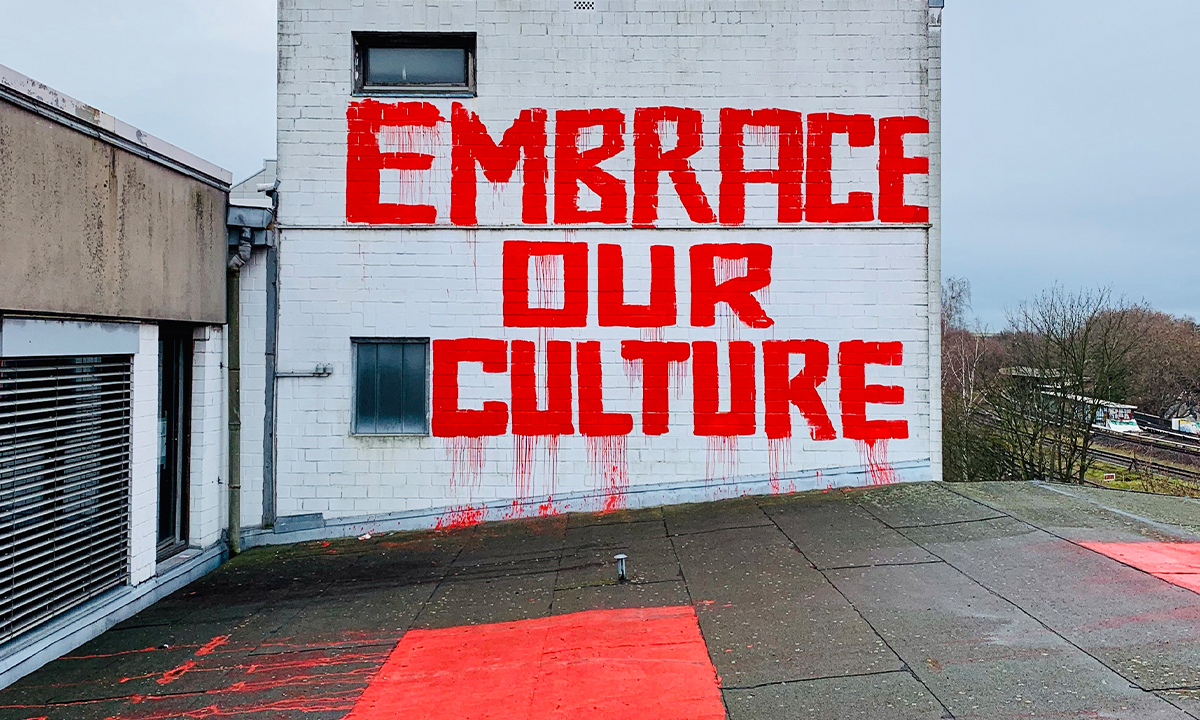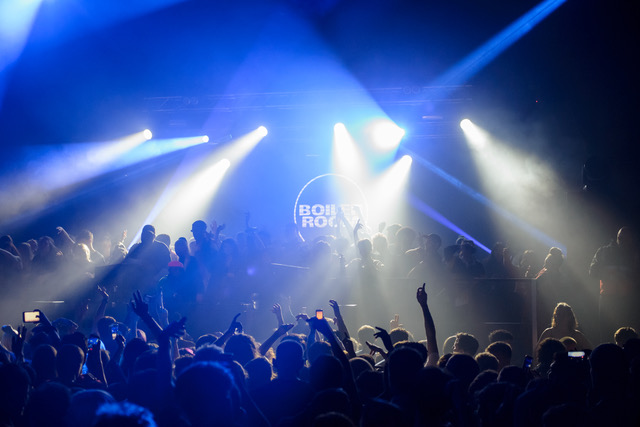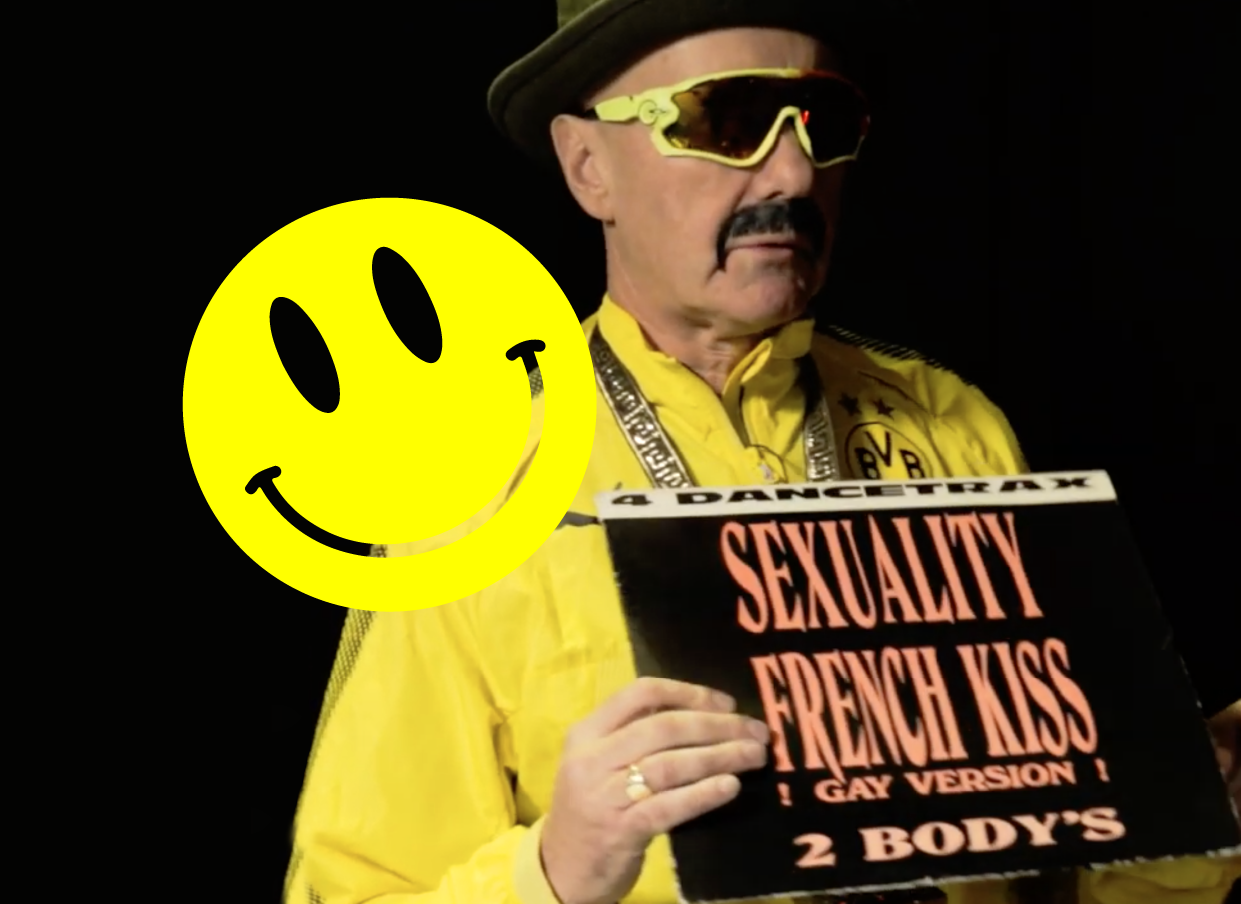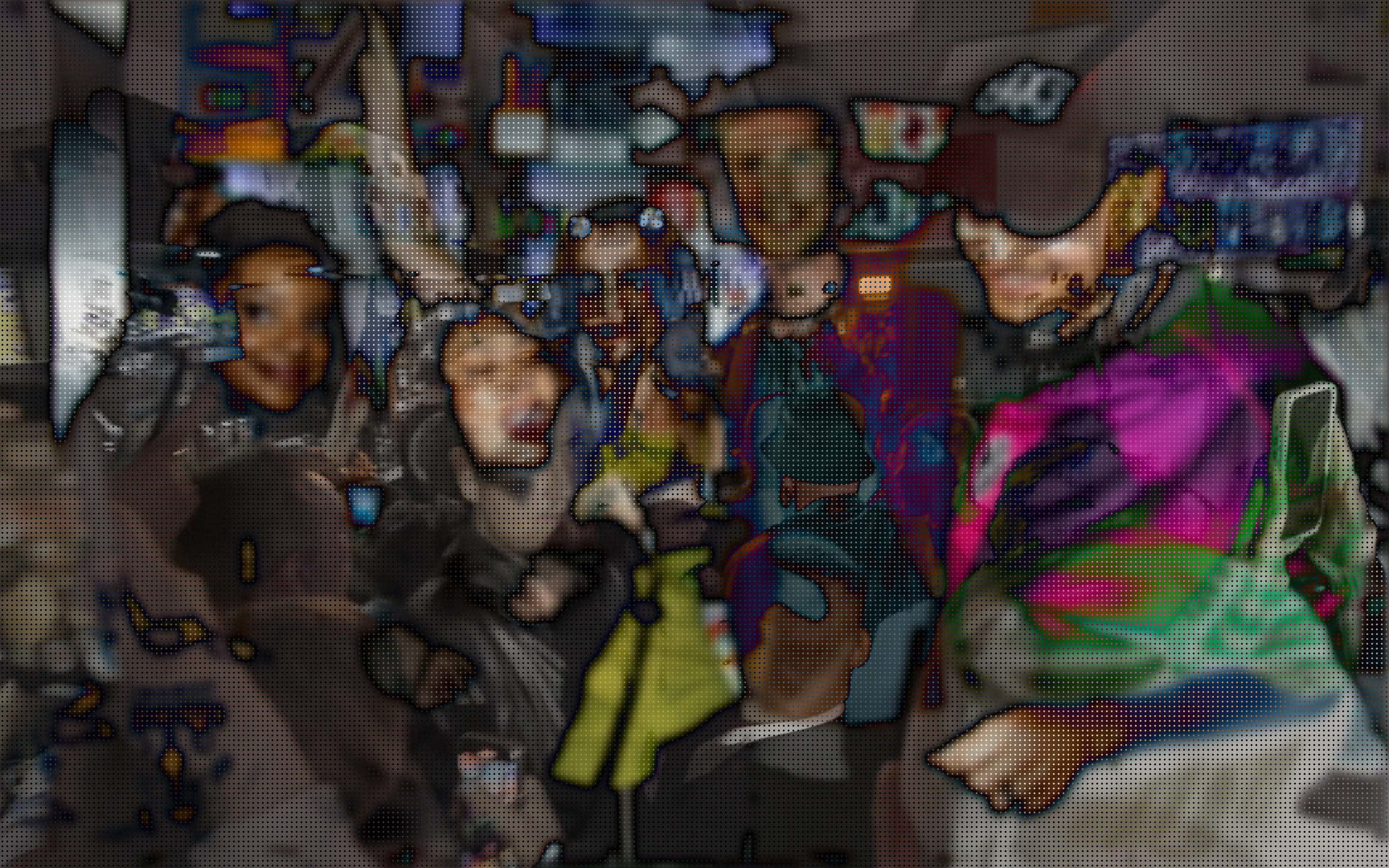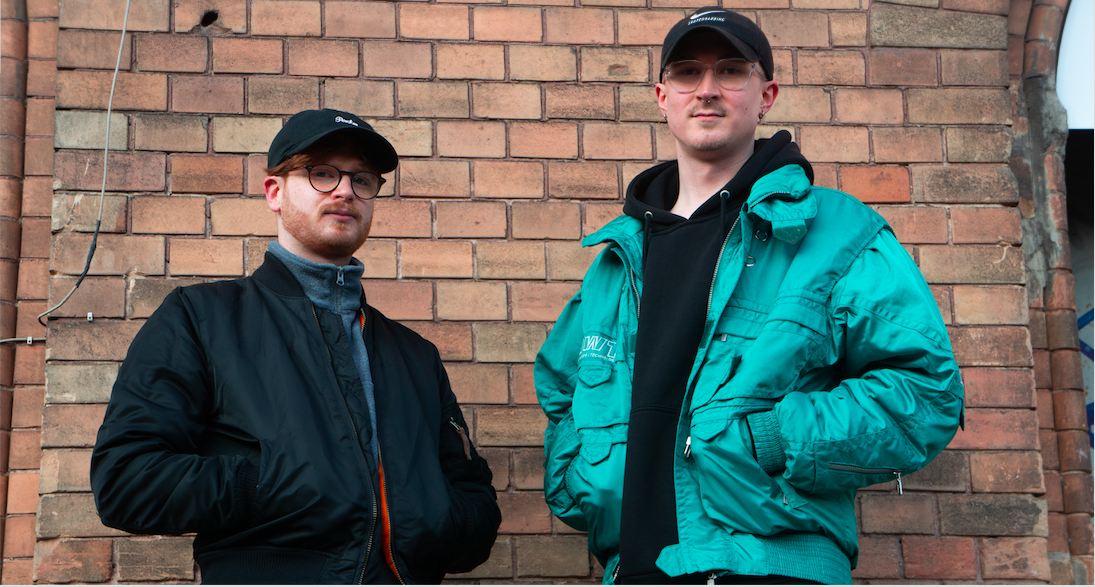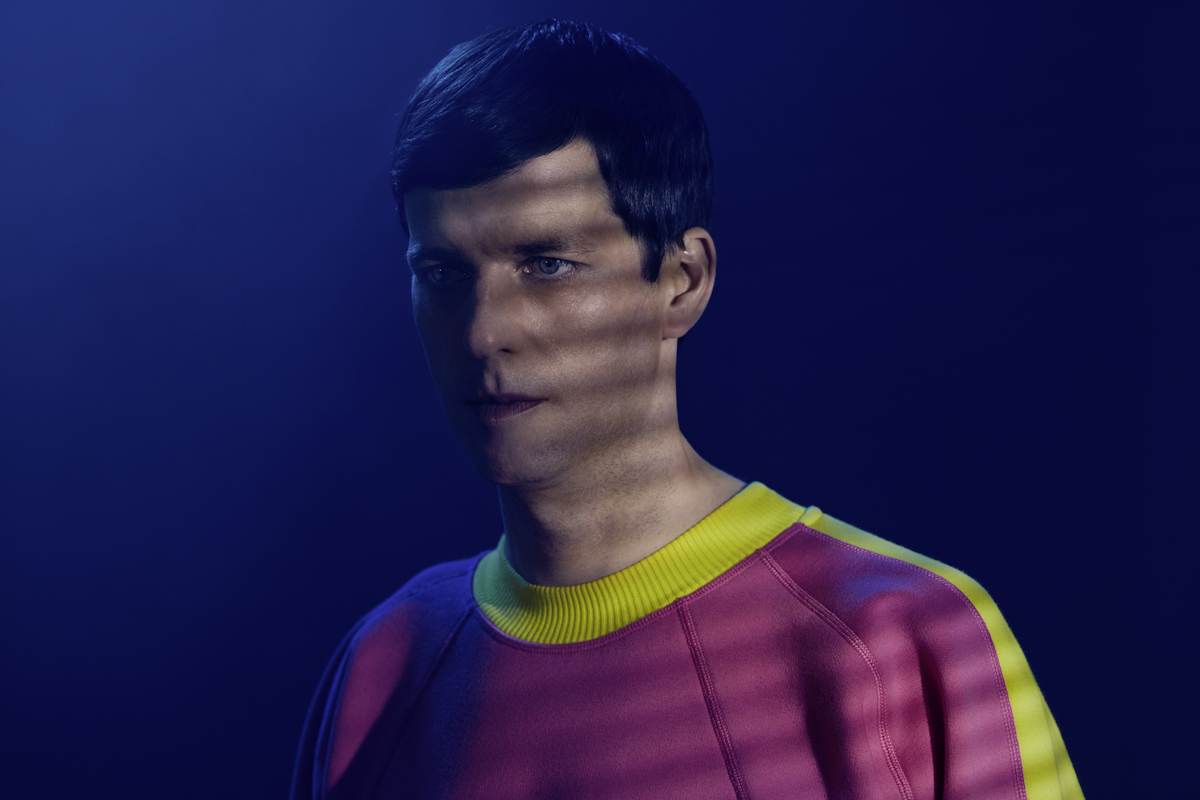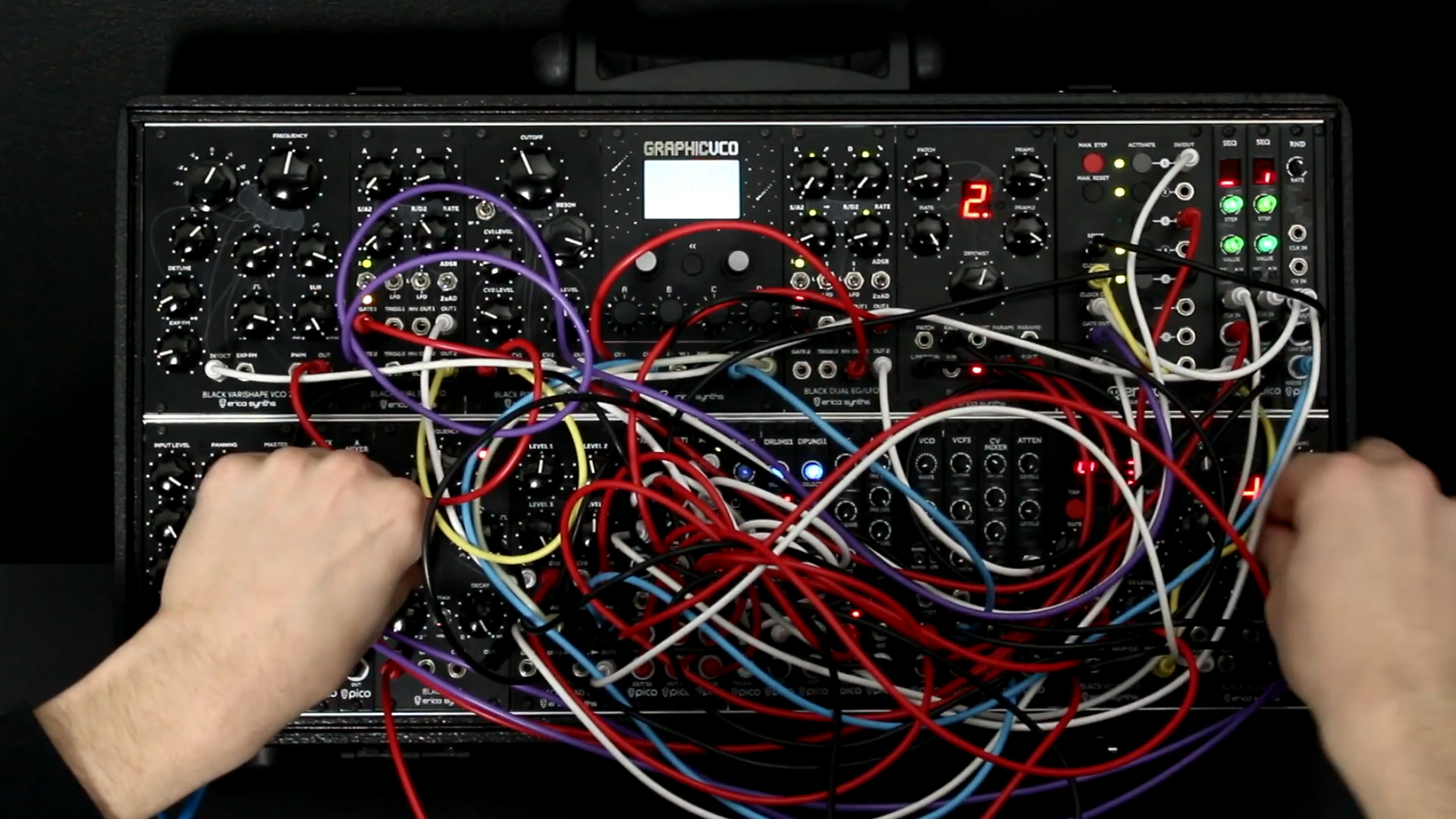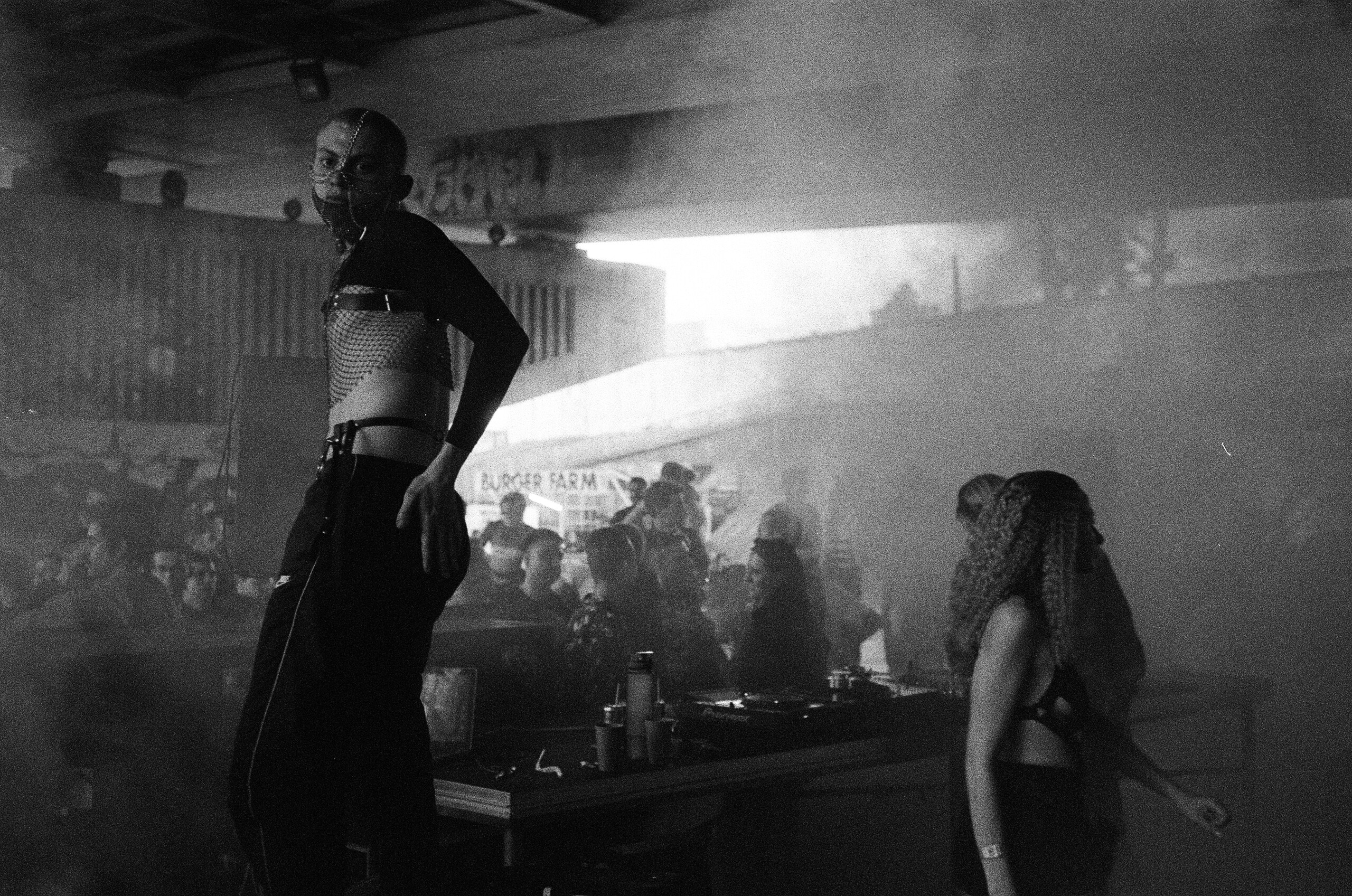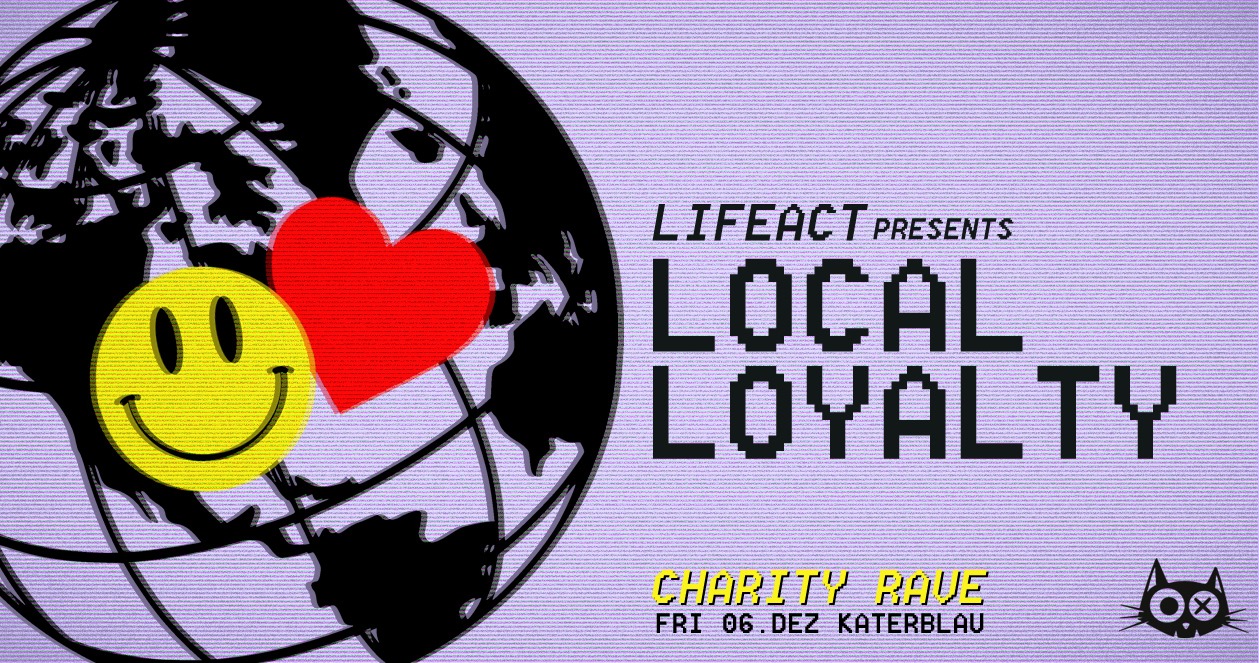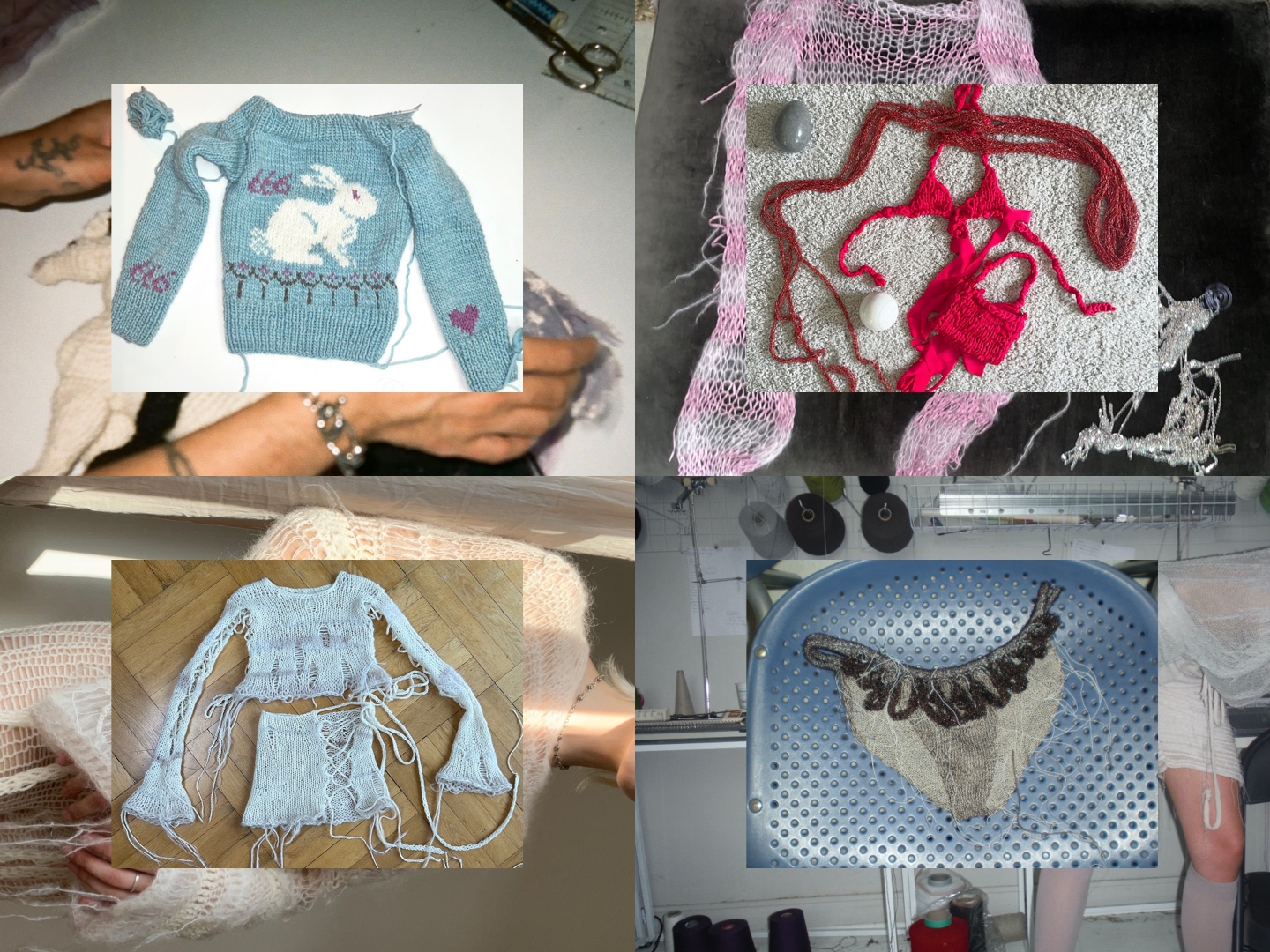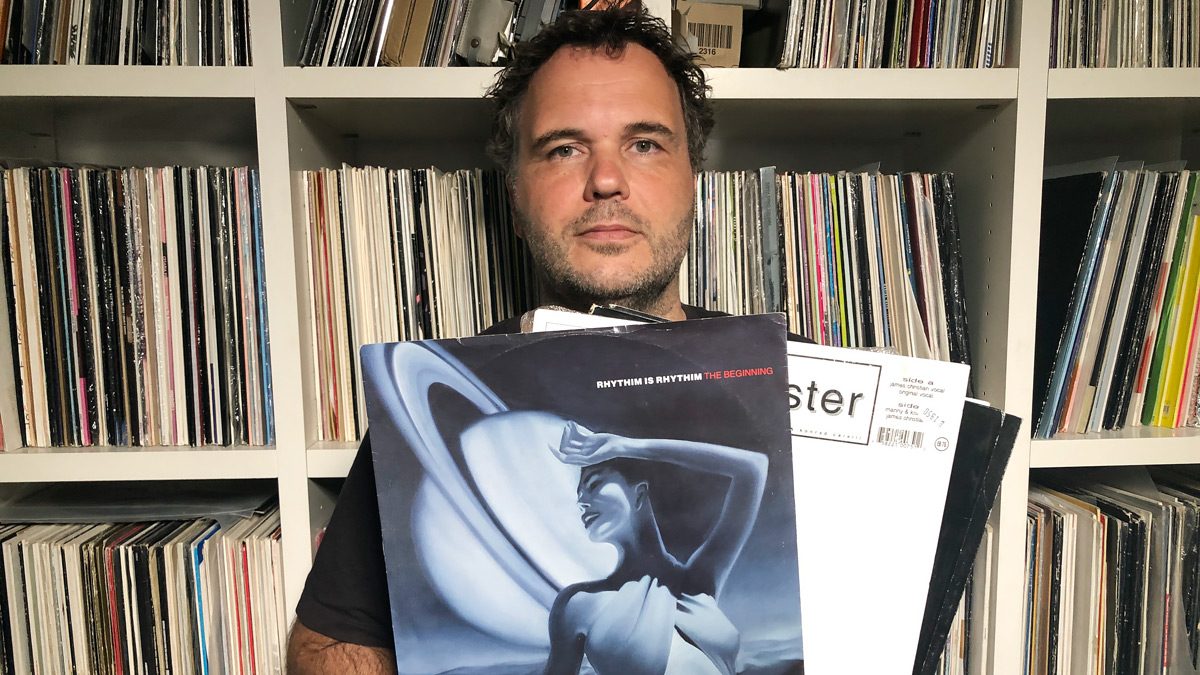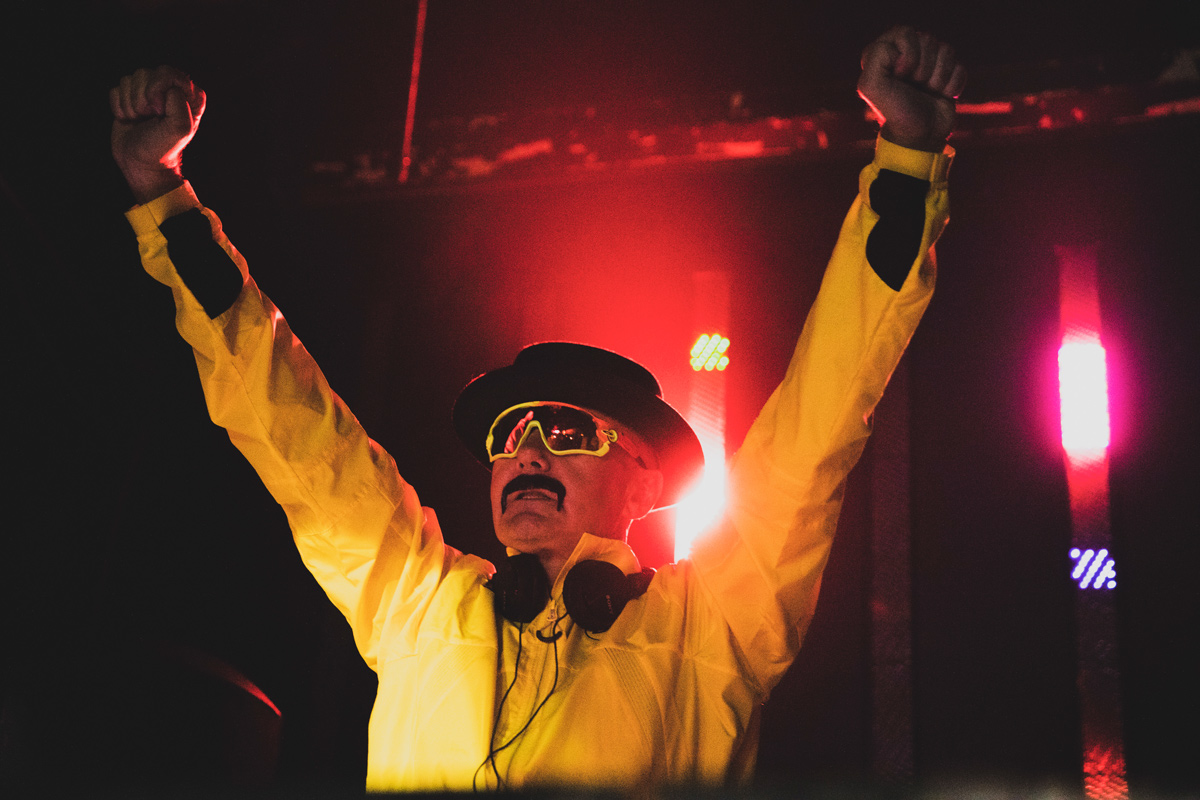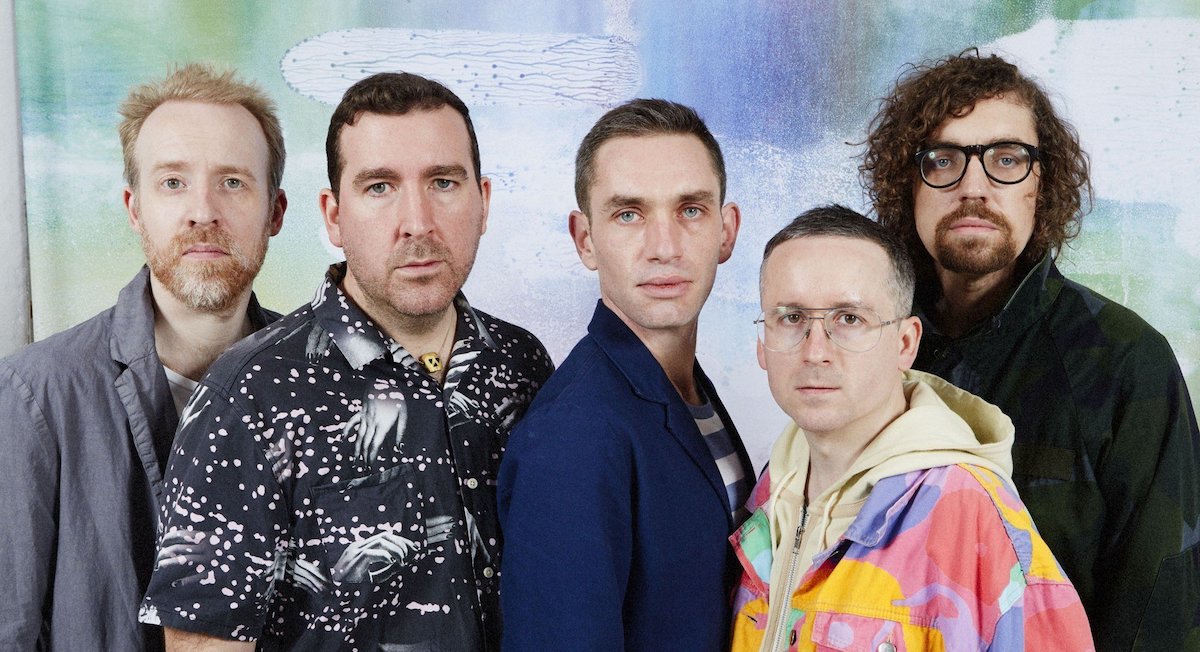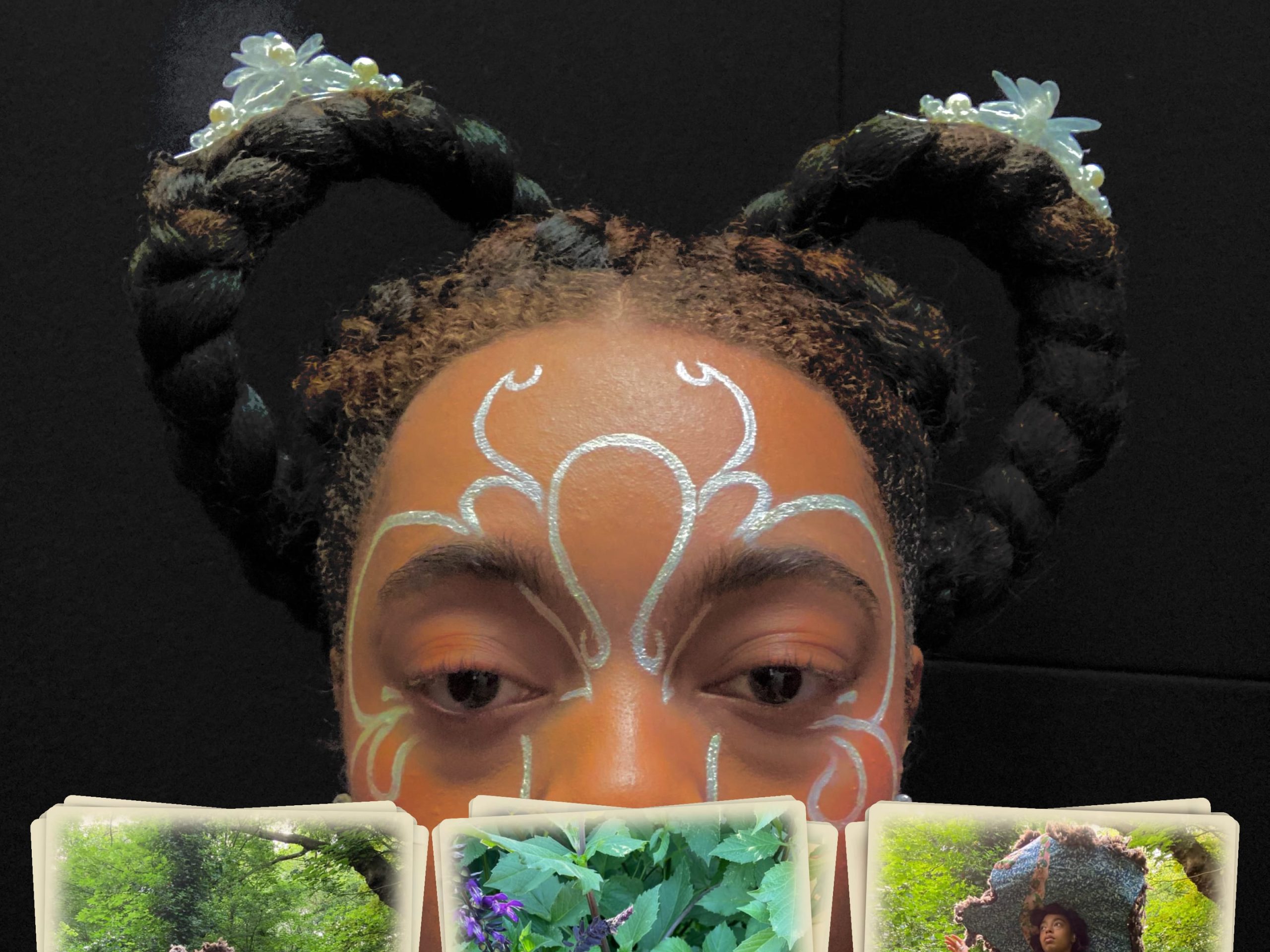The Weird Story Of How Field Recordings Became Pop Culture
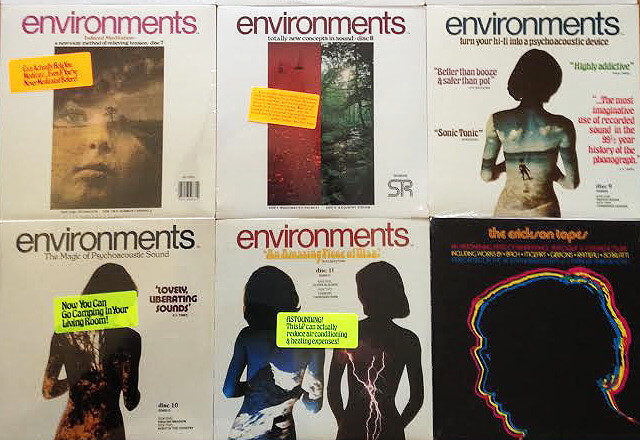
The man who made the sound of the ocean into mainstream albums.
One fateful day in 1968, a New York bohemian traveled out to Coney Island to record the sound of the waves on Brighton Beach. He had been sent by director Tony Conrad—yes, that Tony Conrad—who was inspired by Walter de Maria’s Ocean Music CD to create a similar, soothing recording of nature while working on the film Coming Attractions. Little did he know that the man he sent to make the recording, Irving Teibel, would make that idea a mainstream phenomenon.
Between 1969 and 1979, Teibel recorded birdcages at the Bronx Zoo, swamps in the American south and even storms from the safety of his own apartment bathroom. He released a series of 11 records called the Environments series that soon became in-demand albums thanks to their soothing quality. “This album contains no music, no singing, no spoken words…and it’s one of the hottest sellers in the underground!” read a press text by the label Atlantic.
Although Teibel remains an obscure, cult figure, the Environments series had a huge impact on sound and research. It influenced new age musicians and ambient producers and also provided insight into how the human psyche reacts to music. Read the whole story and analysis here.
Read more: Listen to the sound of dying icebergs
Cover photo via Jonathan Een Newton on Atlas Obscura.




